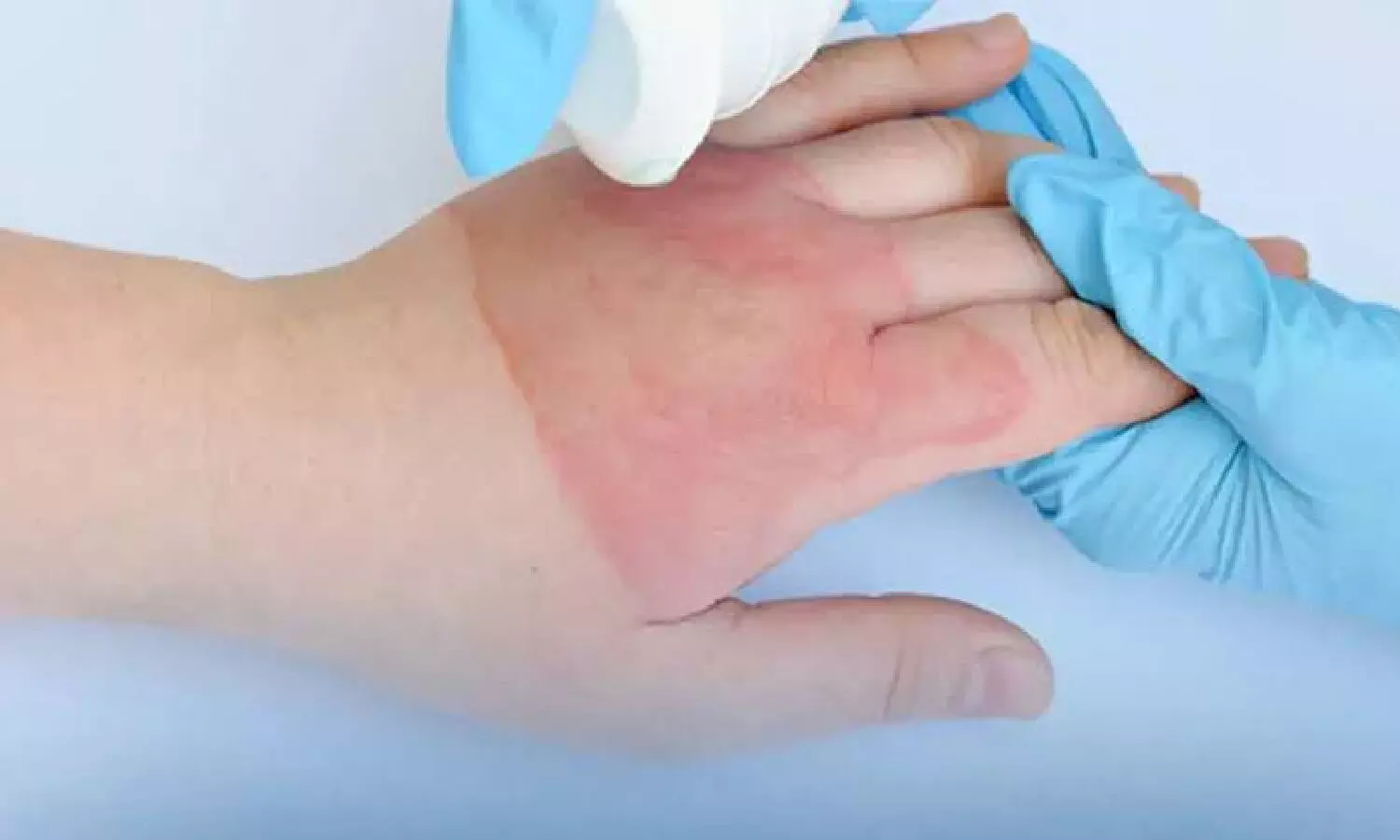The `burning' problem: India contributes 2.1 million burn injuries, 25,000 deaths each year
Stigma, neglect, trauma: How burn survivors in India are suffering in silence
By Newsmeter Network
The `burning' problem: India contributes 2.1 million burn injuries, 25,000 deaths each year
Hyderabad: A new study has brought to light the extent of stigma and discrimination faced by burn survivors in healthcare settings across India.
Conducted by The George Institute for Global Health India in Uttar Pradesh, the research identifies key institutional and interpersonal gaps in patient care and offers a detailed set of recommendations for health system reforms.
The study is the first of its kind globally to specifically examine stigma experienced by burn patients within medical facilities.
Persistent Challenges Despite Medical Advances
While survival rates for burn injuries have improved due to advancements in emergency care, the study found that systemic neglect, under-resourced hospitals, and inadequate mental health services continue to hamper long-term recovery. Burn survivors, particularly women, individuals from low-income backgrounds, and those with visible injuries or disabilities, often face social isolation and biased treatment within healthcare systems.
“Burn survivors, particularly women and poor people, receive blame and isolation and face neglect in hospitals,” said Pratishtha Singh, lead author from The George Institute for Global Health. “At the same time, overworked and under-supported healthcare staff struggle with burnout, which can lead to unintentional but harmful behavior towards patients. Addressing both patient experiences and system challenges is key to building compassionate and fair burn care.”
India’s Burden of Burn Injuries
Burn injuries are a significant public health issue globally, with over 180,000 deaths annually, most in low- and middle-income countries. India alone contributes an estimated 2.1 million burn injuries, 25,000 deaths, and 1.4 million disability-adjusted life years (DALYs) each year. Despite this, long-term care, rehabilitation, and social reintegration remain largely unaddressed.
Uttar Pradesh, home to over 200 million people—of whom nearly 78% live in rural areas—was chosen as the study site due to its limited healthcare infrastructure and high incidence of burn-related injuries.
Insights from the Field
The study involved interviews with burn survivors, healthcare professionals, and legal experts. Respondents pointed to limited empathetic communication, perceived class-based differences in treatment, and a general lack of psychological support as major concerns.
“Burn survivors show extraordinary resilience in the face of life-altering injuries,” said Dr. Jagnoor Jagnoor, co-author from The George Institute. “Yet, stigma within the very systems meant to support them continues to be a barrier to recovery and reintegration. Our research highlights the urgent need to create inclusive, dignified spaces that empower survivors to heal, thrive, and reclaim their place in society.”
Key Recommendations
The study outlines six major interventions to improve outcomes for burn survivors:
1. Provider Training: Structured training and counselling for healthcare providers to address stigma, improve patient communication, and offer mental health support.
2. Curriculum Reforms: Updates to medical and nursing education to include psychosocial aspects of burn recovery.
3. Enhanced Hospital Support: Strengthening hospital-based services like rehabilitation and psychological counselling, especially in government facilities.
4. Anti-Discrimination Policies: Implementation of policies in hospitals to prevent discrimination against visibly injured or disabled patients.
5. Stakeholder Engagement: Collaboration with government agencies, legal aid, and civil society for survivor reintegration.
6. Legal and Social Safeguards: Calls for better protection for acid attack survivors and institutional mechanisms to ensure respectful and inclusive care environments.
Collaborative Research and Funding
The research team included Dr. Vikash Ranjan Keshri from The George Institute, Dr. Mohammed Fahud Khurram from Jawaharlal Nehru Medical College (Aligarh Muslim University), and Dr. Brijesh Mishra from King George’s Medical University (Lucknow). It was published in the peer-reviewed journal Burns (DOI: https://doi.org/10.1016/j.
The project was conducted under the Royal Society of Tropical Medicine and Hygiene’s (RSTMH) Early Career Grants Program, supported by the UK’s National Institute for Health and Care Research (NIHR).
The Road Ahead
The findings underscore the urgent need to move beyond clinical survival and address the social and emotional well-being of burn survivors. The researchers emphasize that meaningful change will require a multipronged approach that includes systemic reform, institutional accountability, and community reintegration.
As the study concludes, “Practical steps such as improved provider training, dedicated counselling services, and clear operational guidelines can help create a more supportive environment for burn patients in healthcare facilities.”